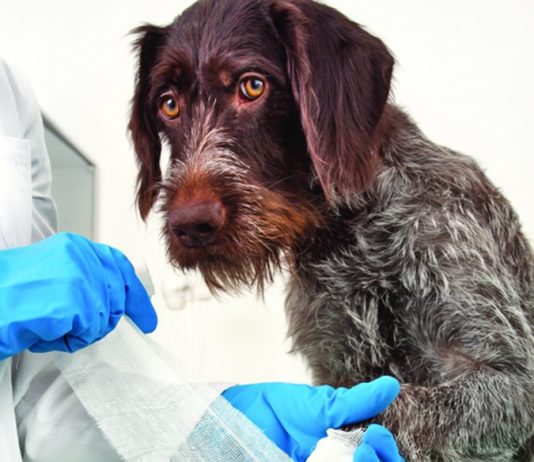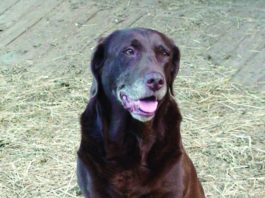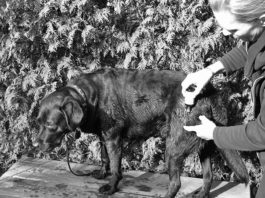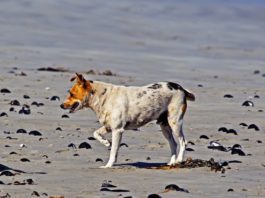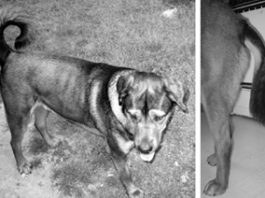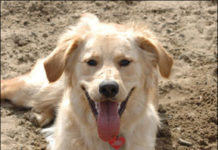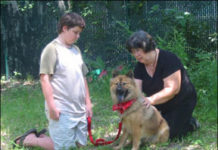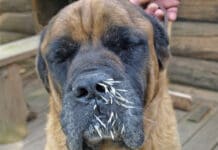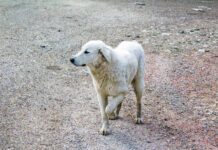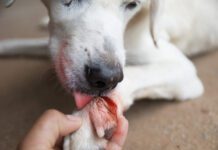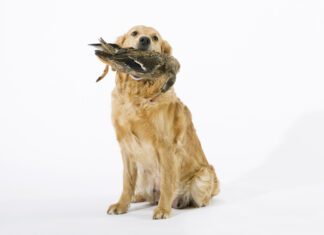Stretching Your Dog Reduces the Chance of Muscle Tears
All dogs instinctively know how to stretch and do so with great enjoyment. Dogs stretch without fail upon awakening and whenever the mood strikes during the rest of the day. Who hasn’t watched a dog inch his front paws out in front of him as far as possible leaning into the stretch until it literally ripples along the length of his trunk? When the stretch finally reaches the hips, the hind legs are extended far behind the body in what appears to be total ecstasy. The dog completes the routine by dropping to his elbows and stretching the back in a doggy bow that temporarily elevates the rump. Then, the hindquarters flop to the floor in a grand finale to the stretch.
How to Prevent Injury to Your Exuberantly Active Dog
the dog's diagonal pairs of legs move together at the trot. Take note if your dog suddenly starts pacing; it can indicate that he's trying to find a gait that reduces muscle or joint pain. Be aware
Dog Exercises and Injury Prevention
Strained muscles, pulled ligaments, sprains, and bruises . . . these are common canine injuries in the spring, when the weather invites us all outside and even seems to encourage our dogs to overdo it. Enthusiastic, rigorous exercise that follows several months of relative inactivity is a prescription for injury.
Regaining What Was Almost Lost
first discovered Petey at their local humane society shelter in 1990. Scheduled for euthanasia the next day
Frequently Used Canine Healing Methods for Injured Dogs
We call it the spark of life for good reason. From birth to death, all living creatures generate and transmit energy. Entire healing therapies, some of them thousands of years old, have been built around energy. Once dismissed by Western science as impossible or ridiculous – and still viewed with suspicion by conventional physicians and veterinarians – energy medicine is slowly gaining acceptance in the United States. Several energy therapies are taught in American universities or are used by a growing number of healthcare practitioners. Can energy therapies help your dog? The descriptions and resources provided here may help you decide.
Safe Flowers for Dogs
Many flowers and house plants are toxic for dogs. Calla lilies, jade plants, poinsettia, and mistletoe are just a few. Most toxic plants cause vomiting, diarrhea, and/or lethargy, but some can even be fatal when eaten in large quantities.
Dog Nosebleed
Nosebleeds in a dog have many possible causes, just as they do in people. Some nosebleeds are simple: A dog nosebleed on one side...
Braces for Dogs with a Torn ACL
The signs of an acute ACL rupture are quite classic. Usually, the dog is running and playing and suddenly gives a yelp and becomes completely non-weight bearing on a hind leg. You may wonder if you can use an ACL dog brace and give your dog reasonable comfort and care.
Elbow Dysplasia in Dogs
Your 6-month-old puppy is off on his left front leg. He seems to worsen with activity, but he is rarely three-legged lame. This may...
How to Get Porcupine Quills Out of a Dog
Most dogs usually gently poke a porcupine with their nose or dab at it with a paw, walking away with a sore nose or foot and just a few quills to be pulled. But some dogs do go all out, attacking and killing the porcupine, leaving the scene with a face full of quills.
How to Treat Limping Dog at Home
Your dogs were out in the yard, and you call them in. One is limping on her front leg. It’s Saturday night, and you’d like to avoid a visit to the emergency clinic. Luckily, the odds are in your favor. Your dog’s pain may be from something simple, like a sprained front paw.
Why Do Dogs Lick Wounds?
Wounds hurt because the damaged nerves in the area send pain signals to the brain. While it may seem counterintuitive to touch a wound to provide pain relief, overloading the nerves can decrease the overall pain.


